Oak Hammock Trail at Merritt Island National Wildlife Refuge
Merritt Island National Wildlife Refuge
Merritt Island National Wildlife Refuge
In 1962, NASA purchased 140,000 acres of land located adjacent to Cape Canaveral. The John F. Kennedy Space Center was built complete with launch pads. In 1963, U.S. Fish and Wildlife Service (USFW) and NASA entered into an Interagency Agreement. This agreement allowed USFW to establish the land that was unused by NASA as the Merrit Island National Wildlife Refuge.
Established to provide habitat for wildlife diversity, migratory birds, and endangered and threatened species, Merrit Island National Wildlife Refuge consists of scrub, pine flatwoods, hardwood hammocks, saltwater marshes, freshwater impoundments, and coastal dunes. Over 1,500 species of plants and animals including 15 federally listed species make their homes here.
Walk, hike or drive the many trails at Merrit Island National Wildlife Refuge. Stroll along the boardwalk located behind the Visitors Center. The 1/4 mile loop winds through a native butterfly garden, an oak hammock, and a wetland prairie, all with a view of two freshwater ponds. Take a walk on the 1/2 mile gravel road on the Wild Bird Trail. Hikers will enjoy the 1- mile Scrub Ridge loop, the 1- mile Pine Flatwoods loop, the 2- mile Palm Hammock Trail loop, and the 5-mile Cruickshank Trail loop.
Black Point Wildlife Drive is popular with nature lovers and birdwatchers. This one-way 7-mile drive offers loads of opportunities to view and photograph wildlife, migratory birds, and birds who live there year-round. Drive to Haulover Canal and look for old canals and foundations left behind by the people who farmed the lands long ago.
Watch for bobcats, otters, and deer. Lizards, snakes, alligators, and turtles make their homes here. 358 species of birds have been recorded at the refuge. Birds of prey include bald eagles, osprey, red-shouldered hawks, and American kestrels. Look for killdeer, Wilson’s snipes, and ring-billed gulls along the shore. Look up to see blue jays, barn swallows, American robins, pine warblers, and more. Blue herons, ibis, and egrets are plentiful. Ring-necked ducks, blue-winged teals, and wood ducks can be seen swimming in the waters at the refuge. Threatened and endangered species such as the eastern indigo snake, scrub-jay, gopher tortoise, wood stork, West Indian Manatee, and Southeastern Beach Mouse find refuge here.
Grab some sunscreen and bug repellent. Take a drive, hike, or walk through Merritt Island National Wildlife Refuge. See how a technology giant, NASA, and natural Florida coexist. It is a perfect example of how we too can connect, respect, and coexist with our wild friends and within our shared habitats.
For more information click here: https://www.fws.gov/refuge/Merritt_Island/
Photo Credit Andy Waldo

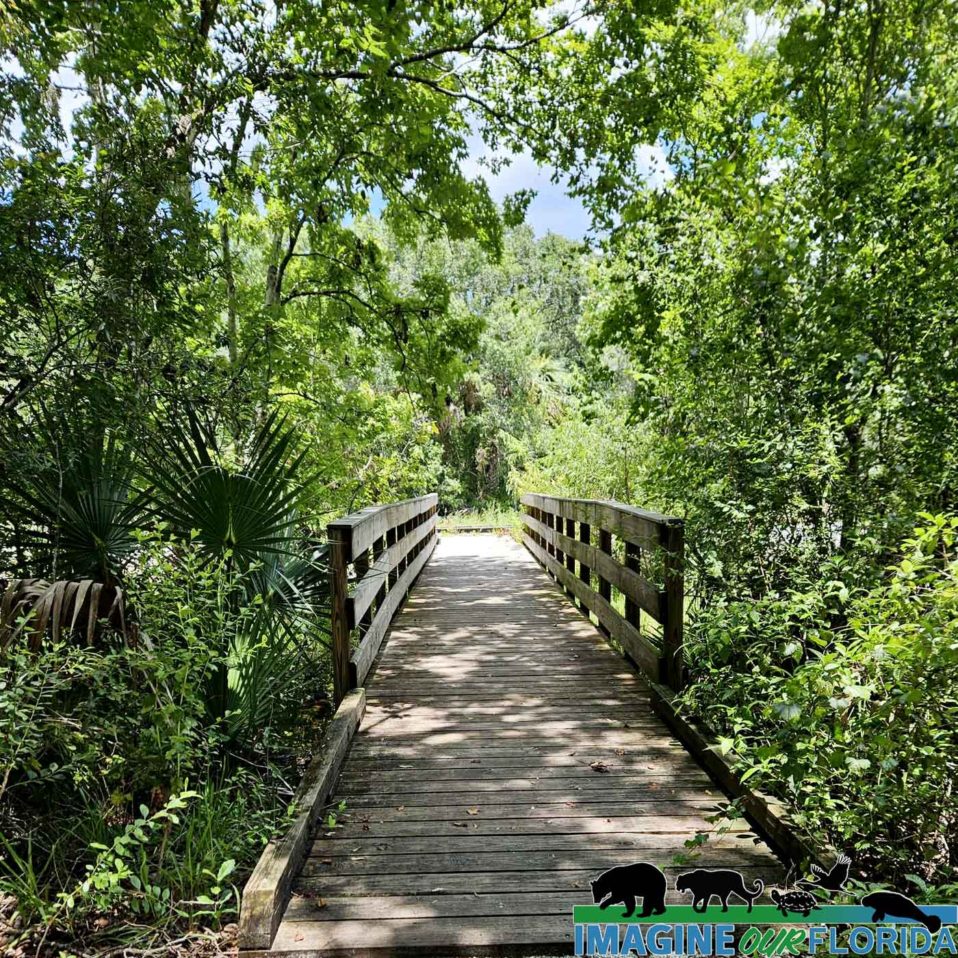
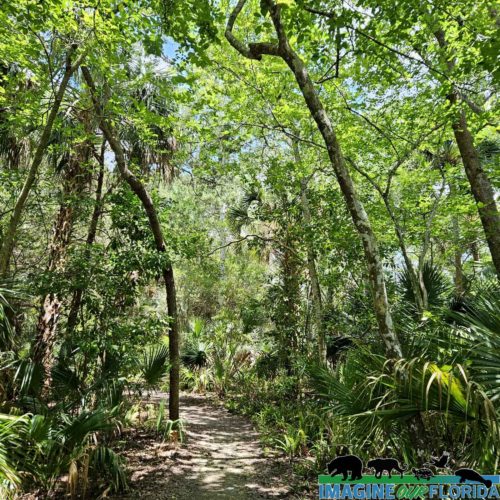
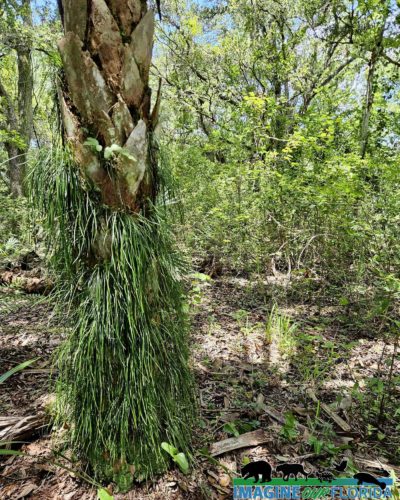
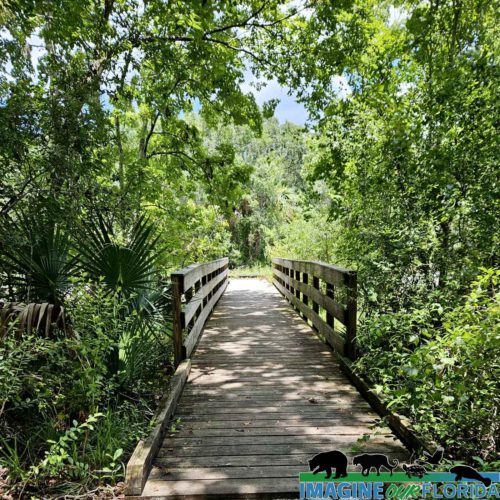
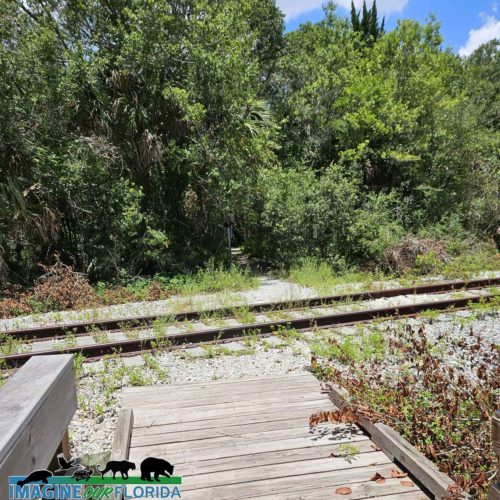
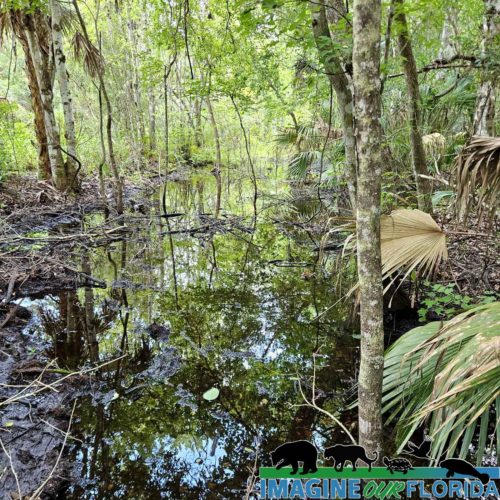
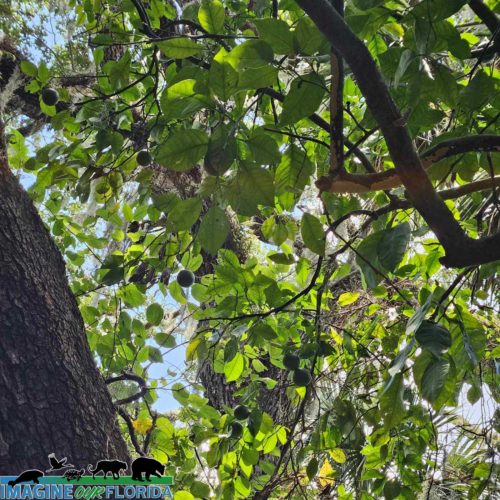
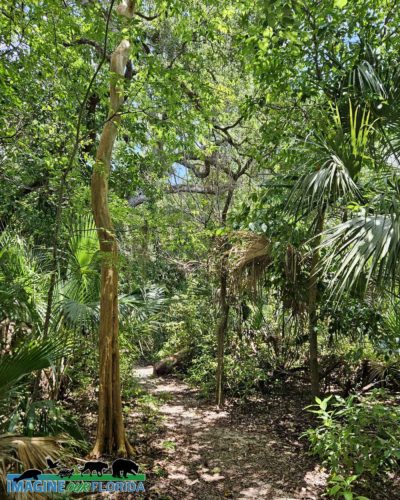
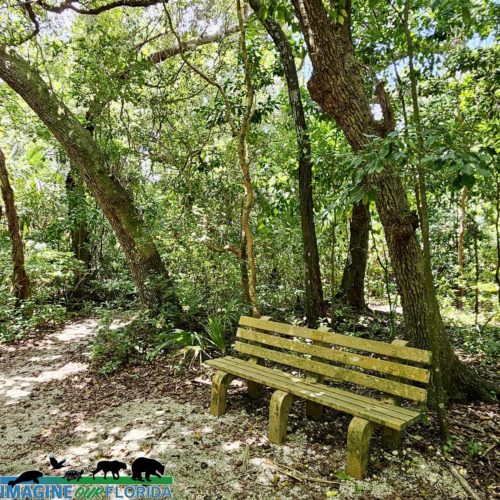
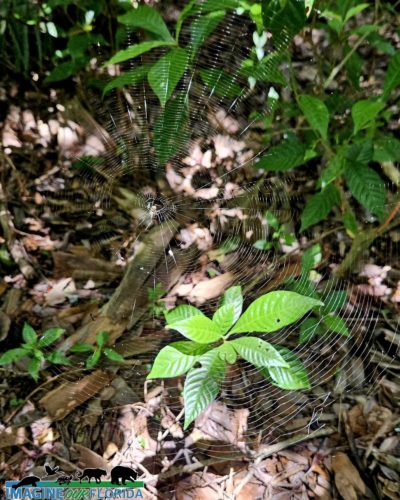
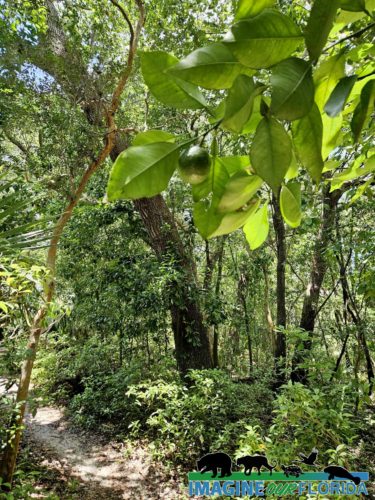
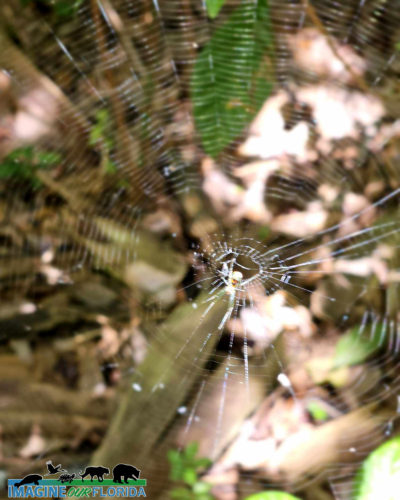
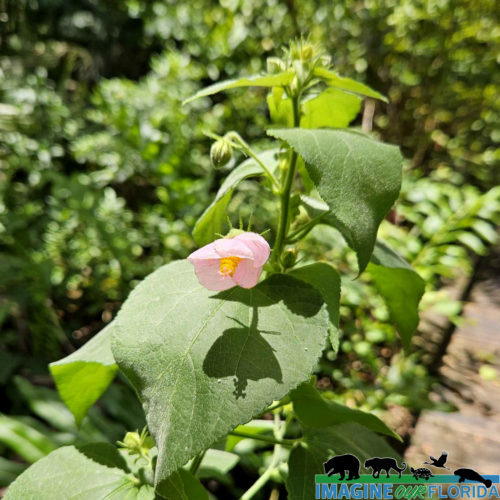
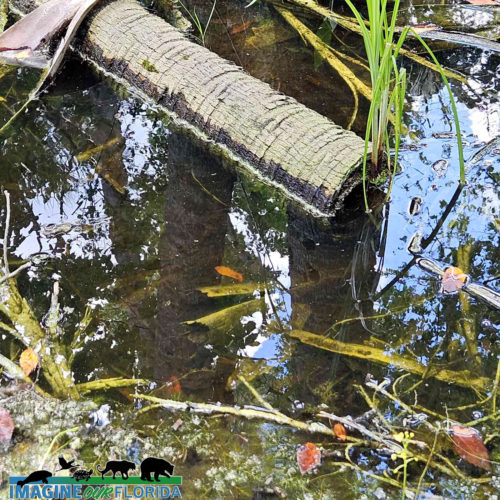
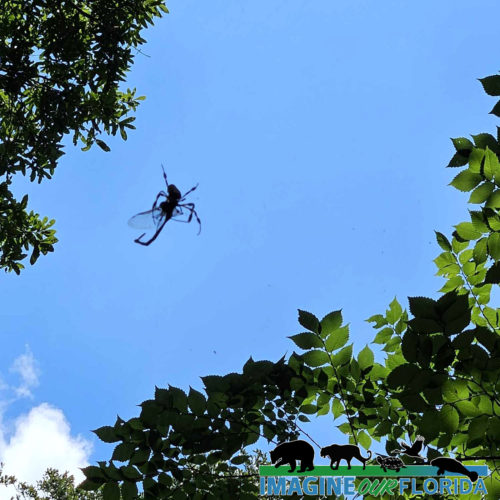
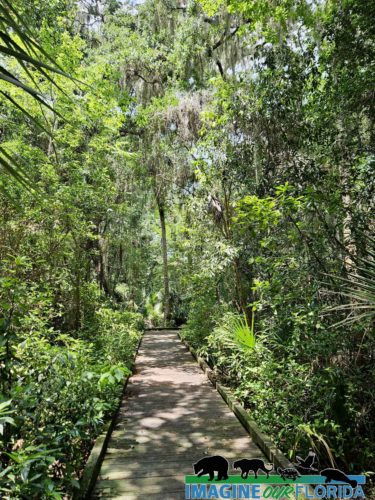
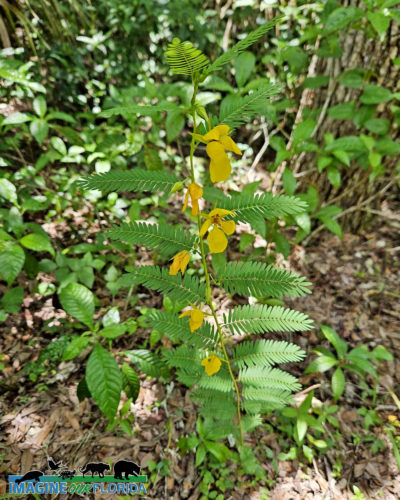
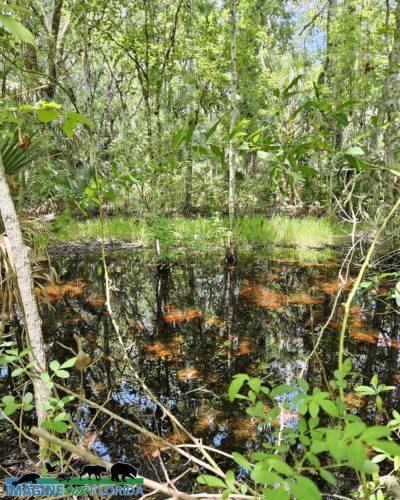
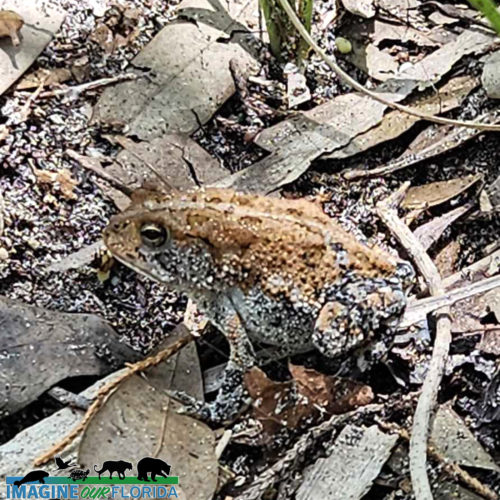
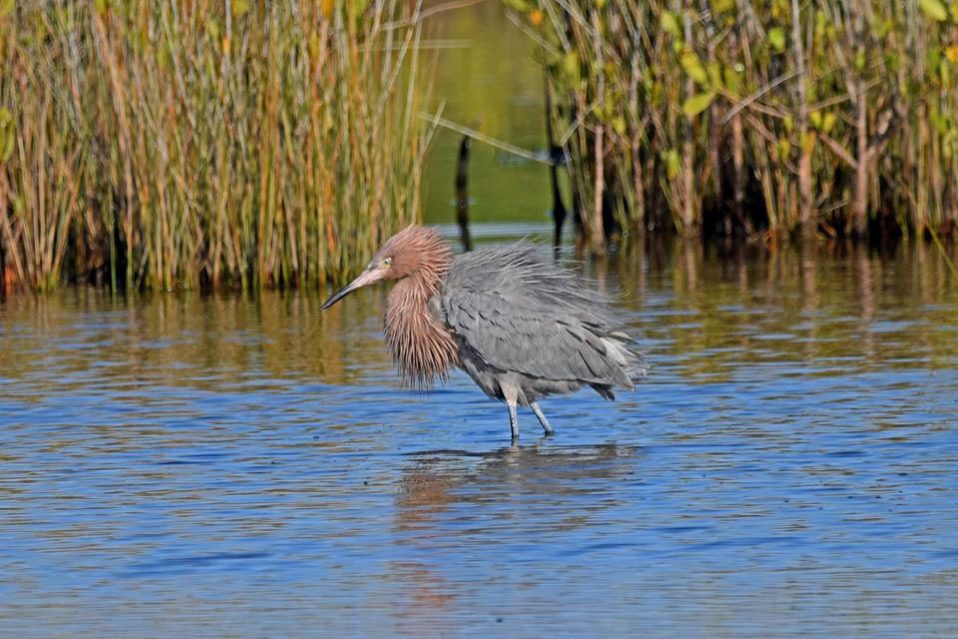






Recent Comments